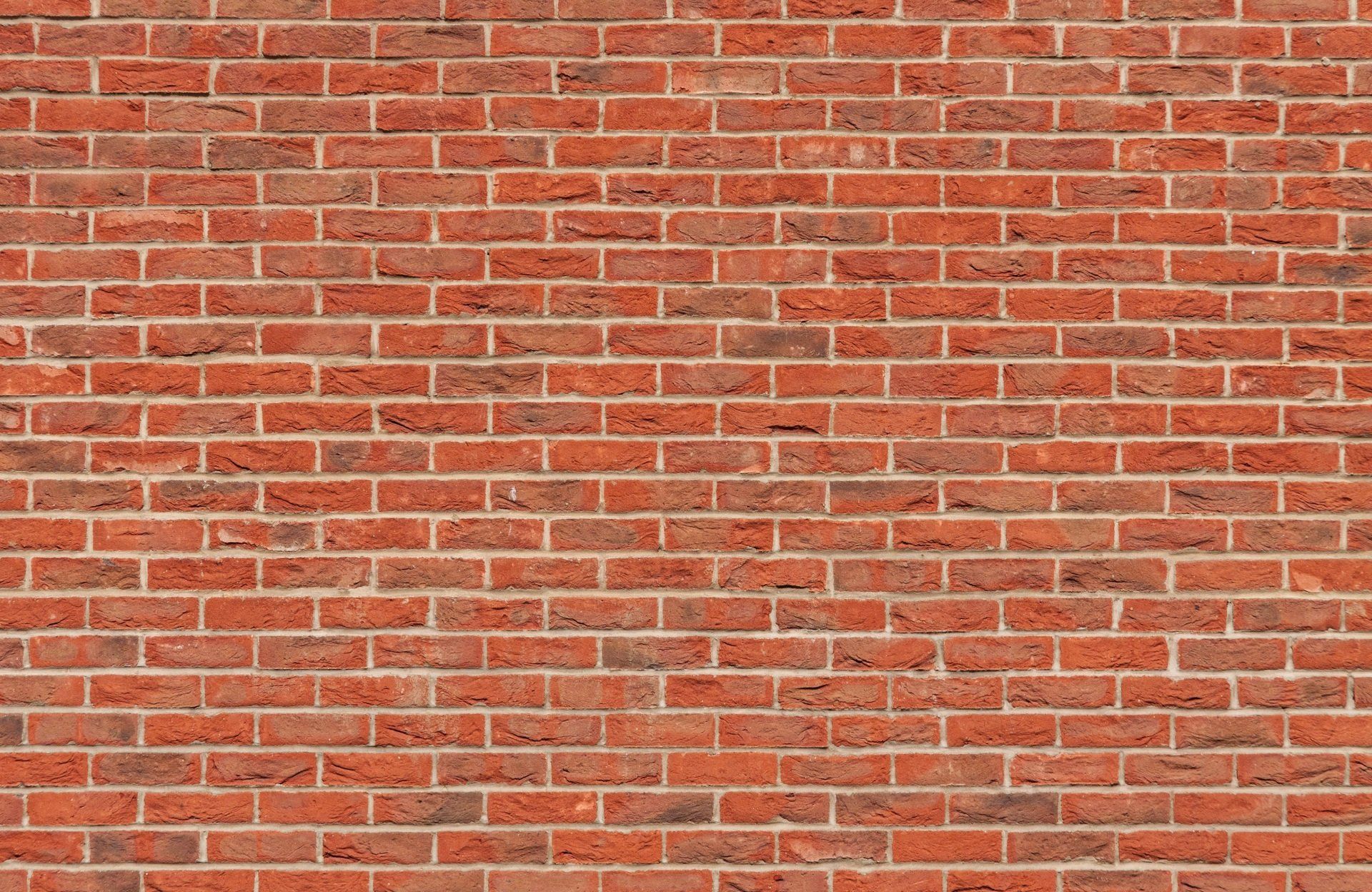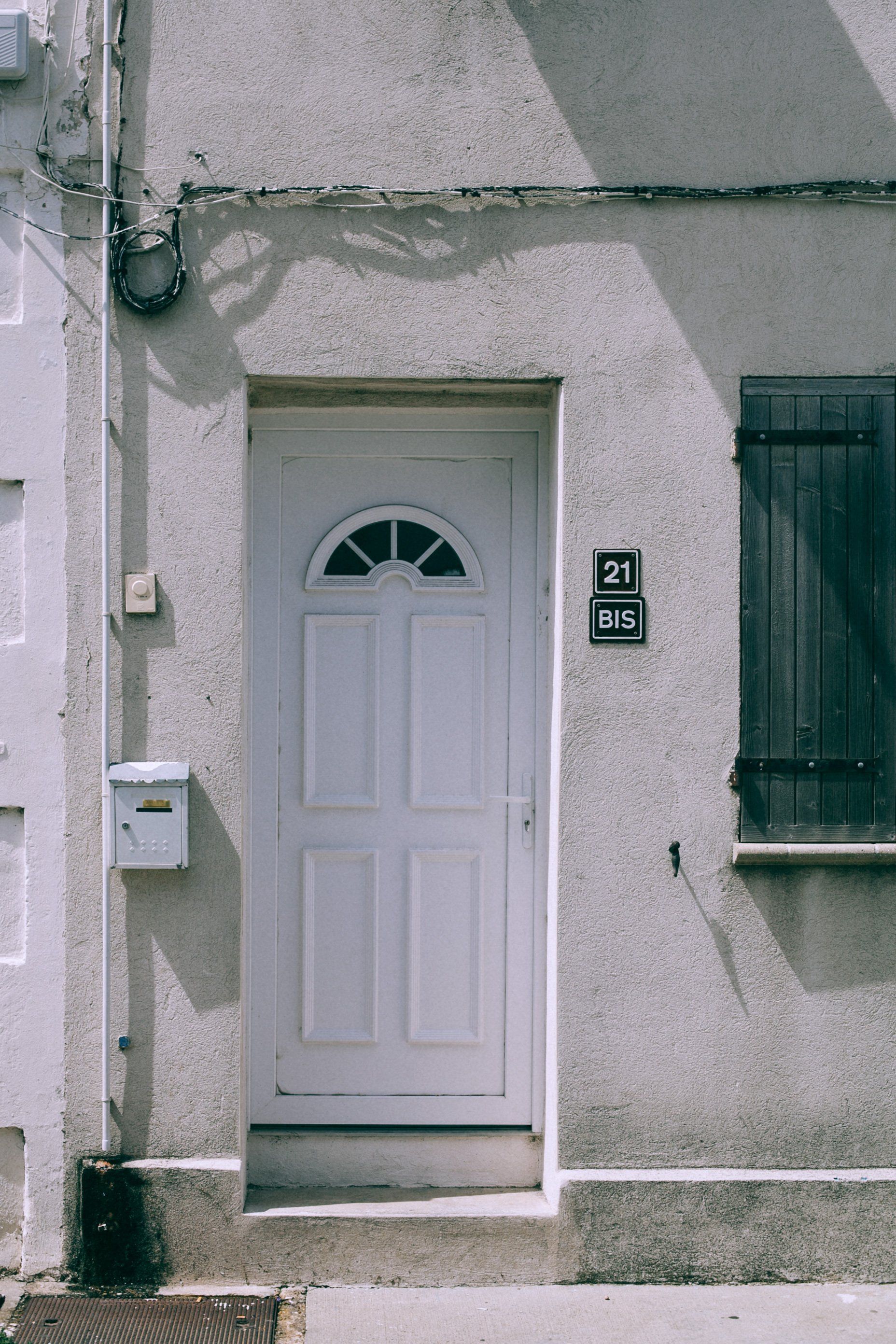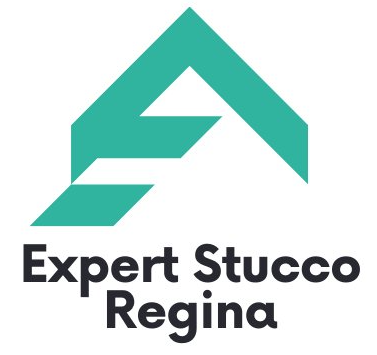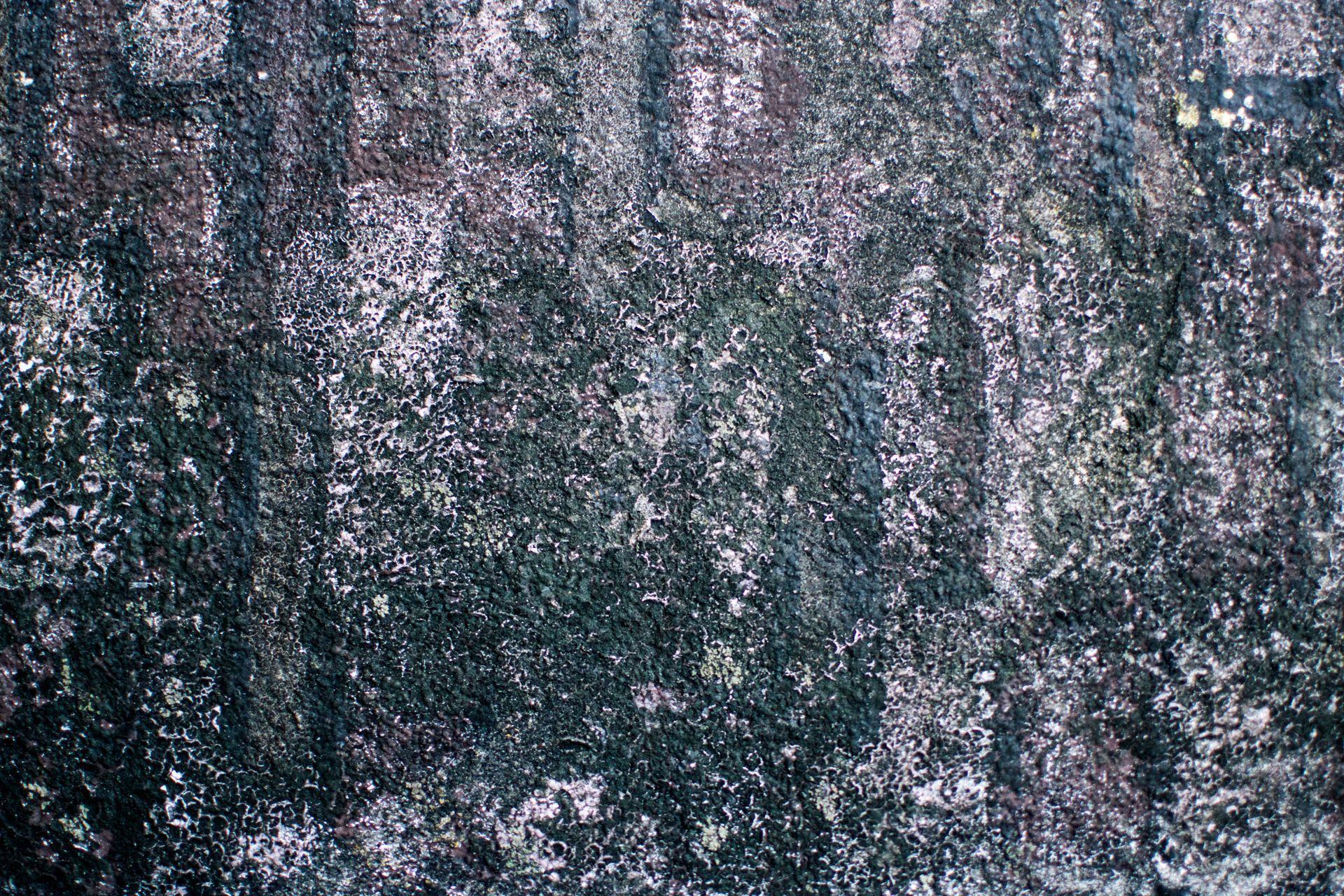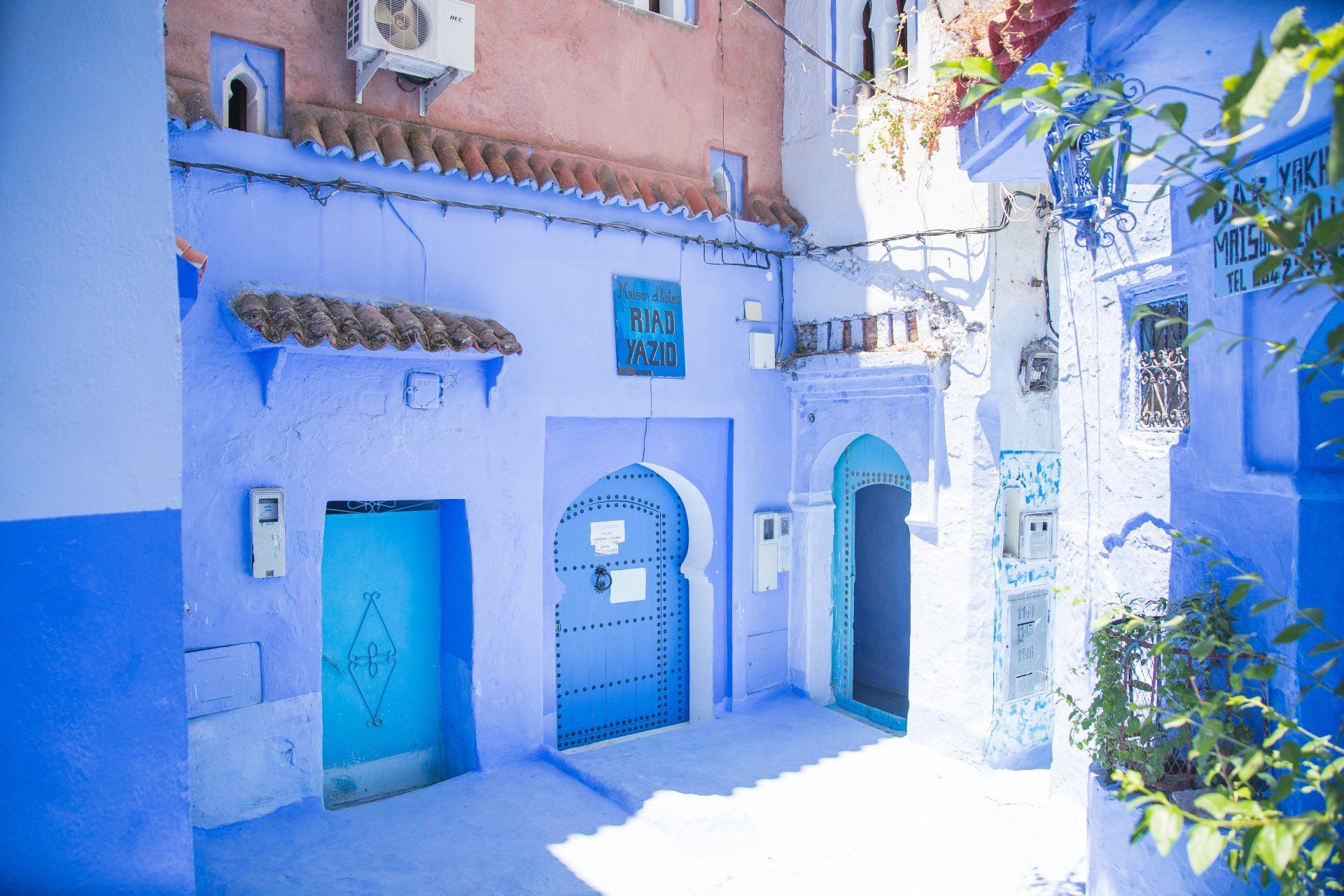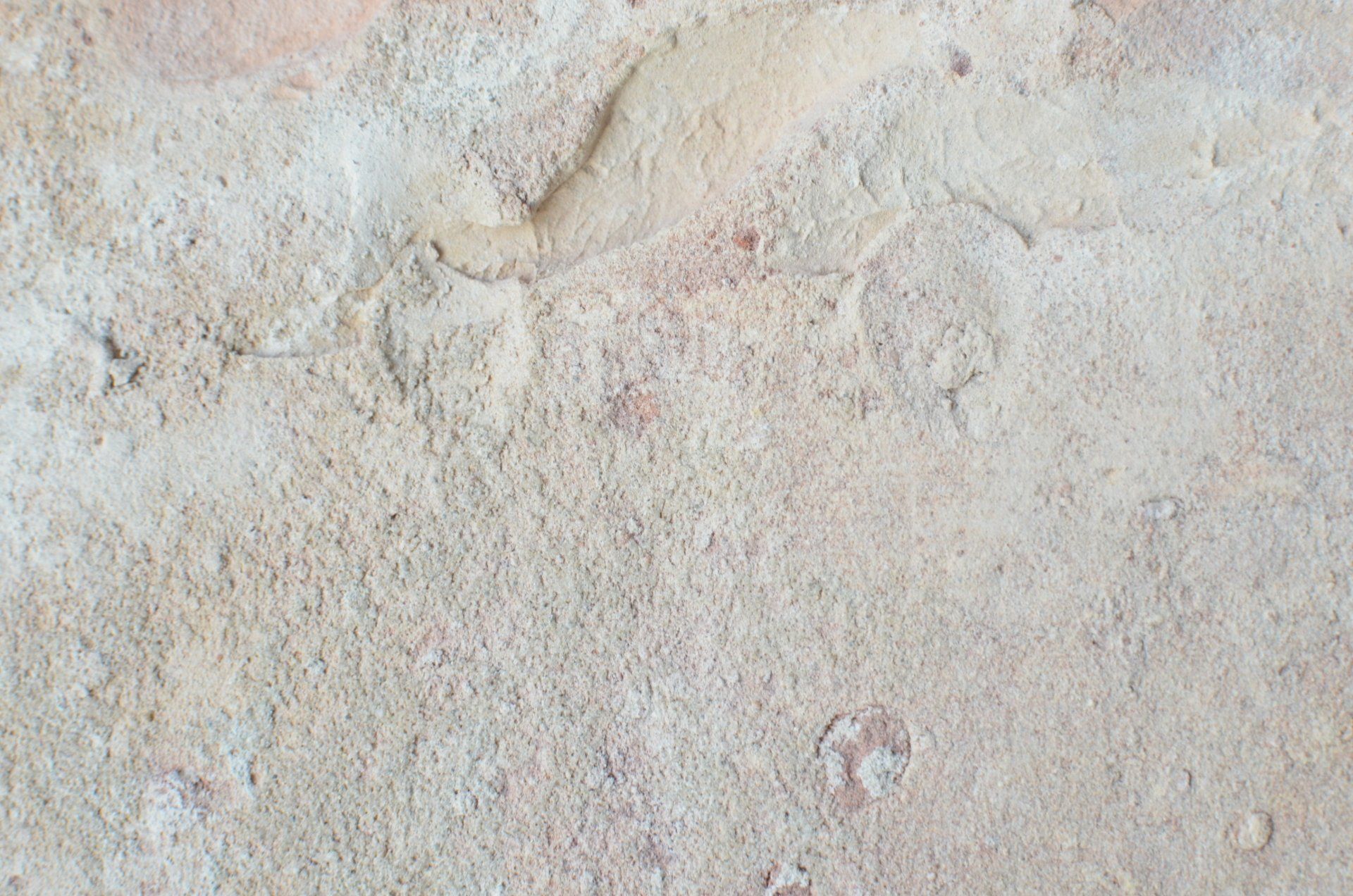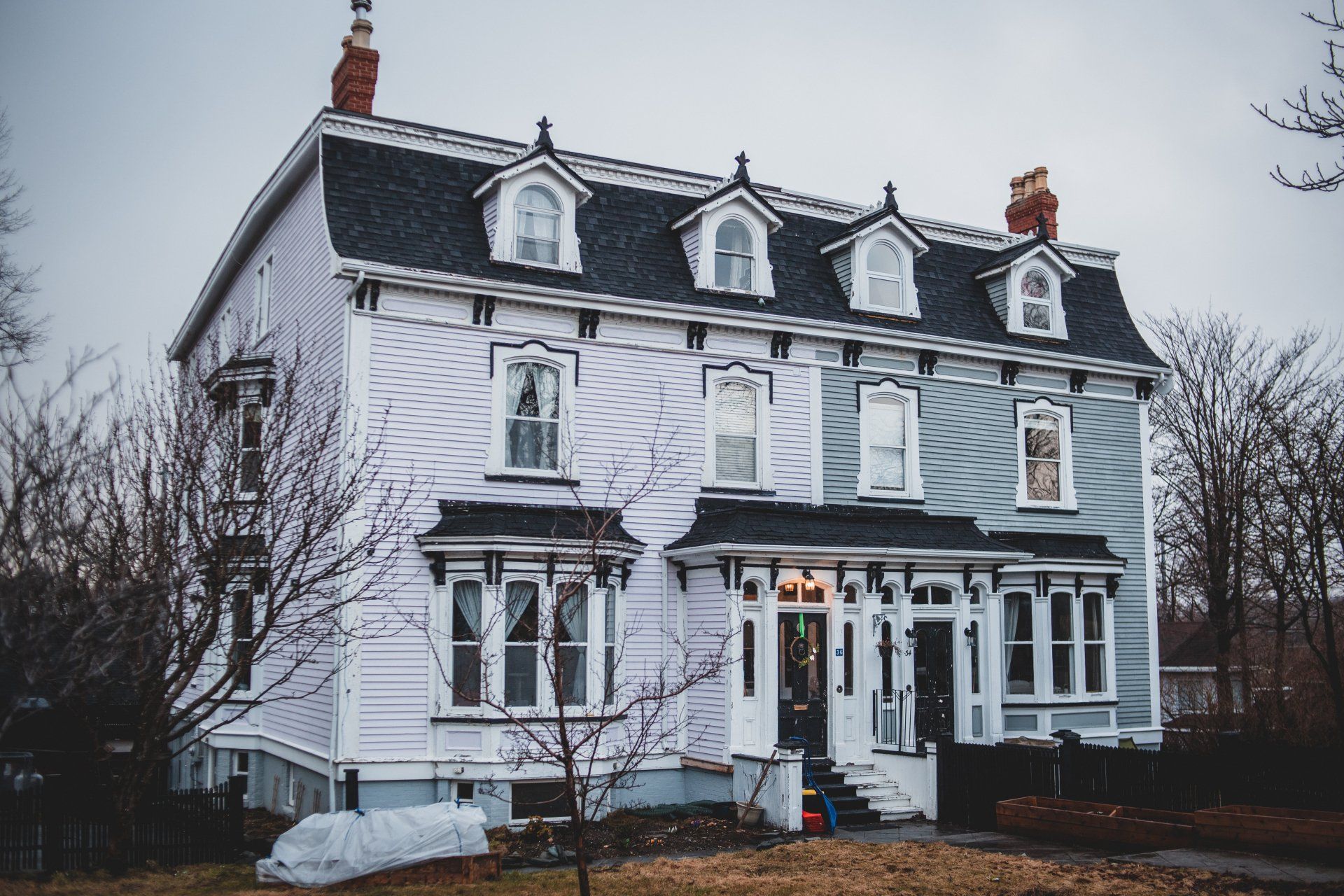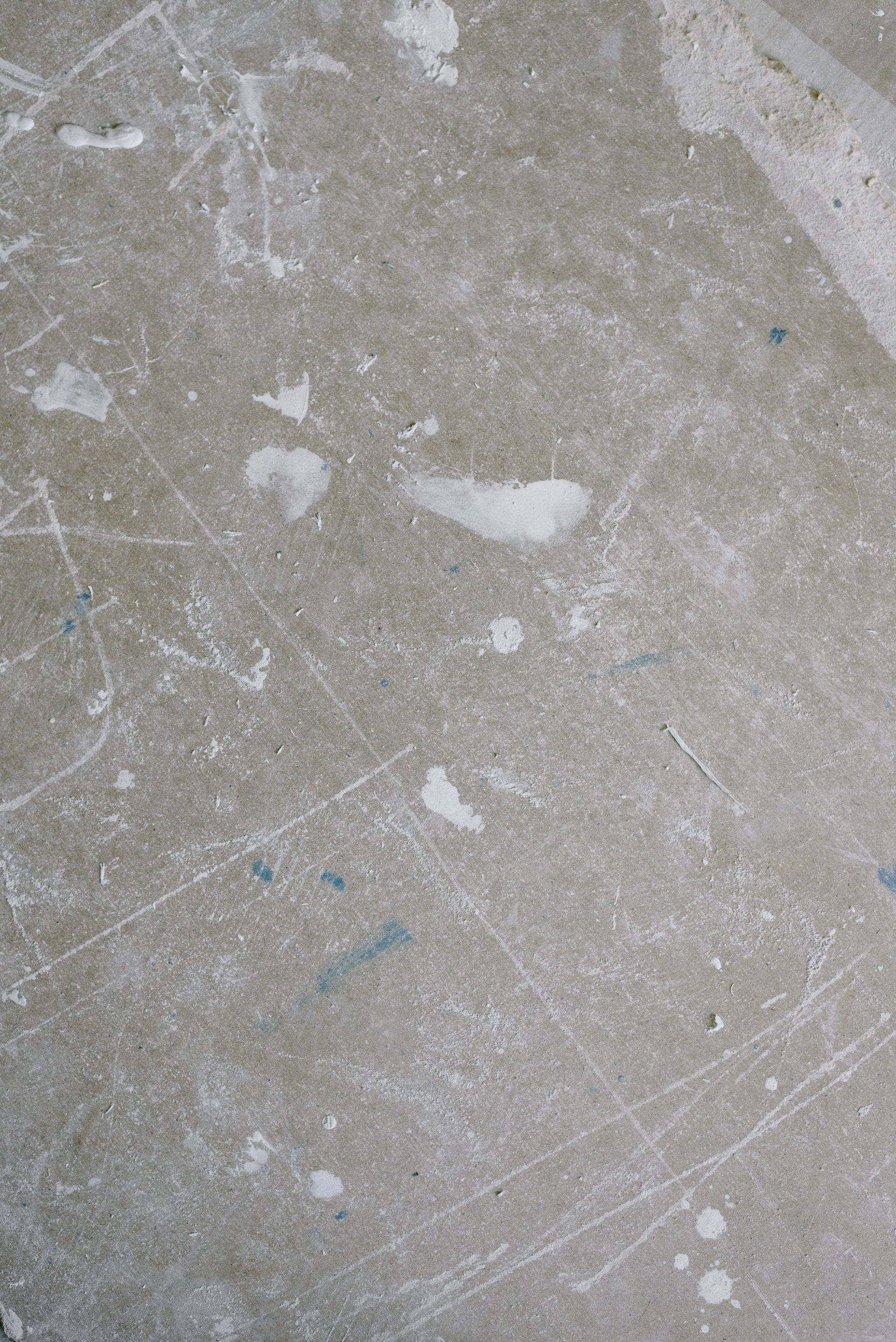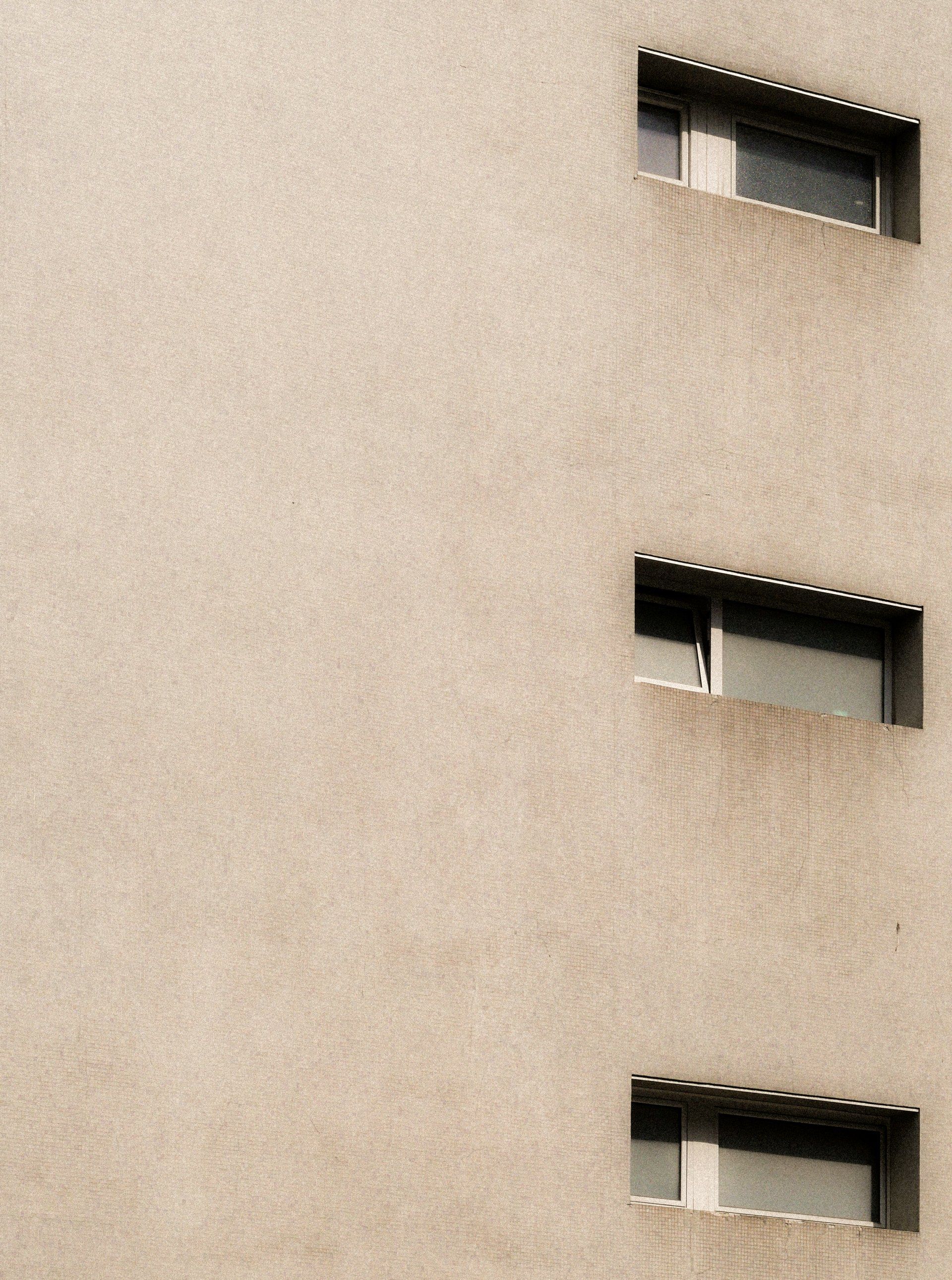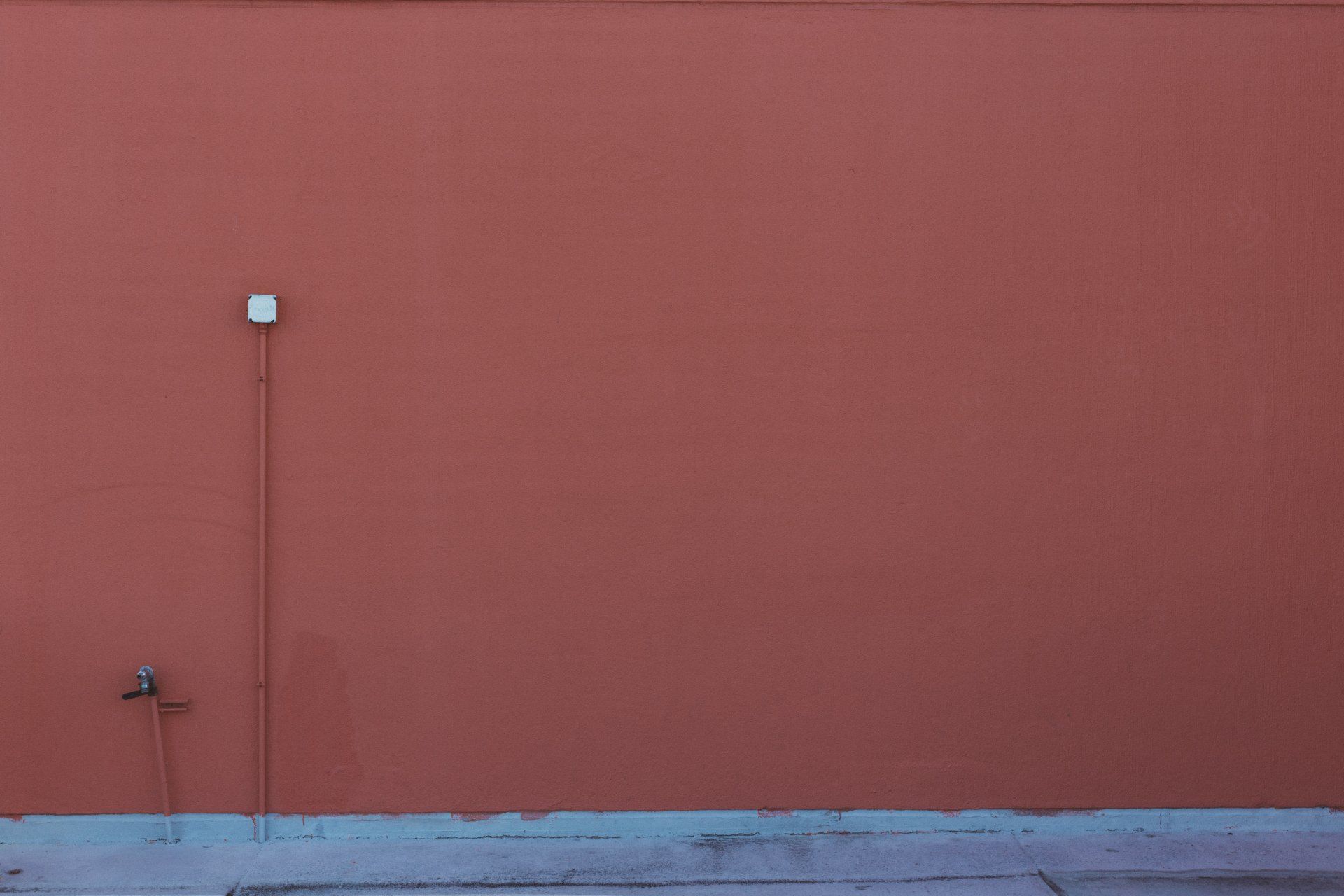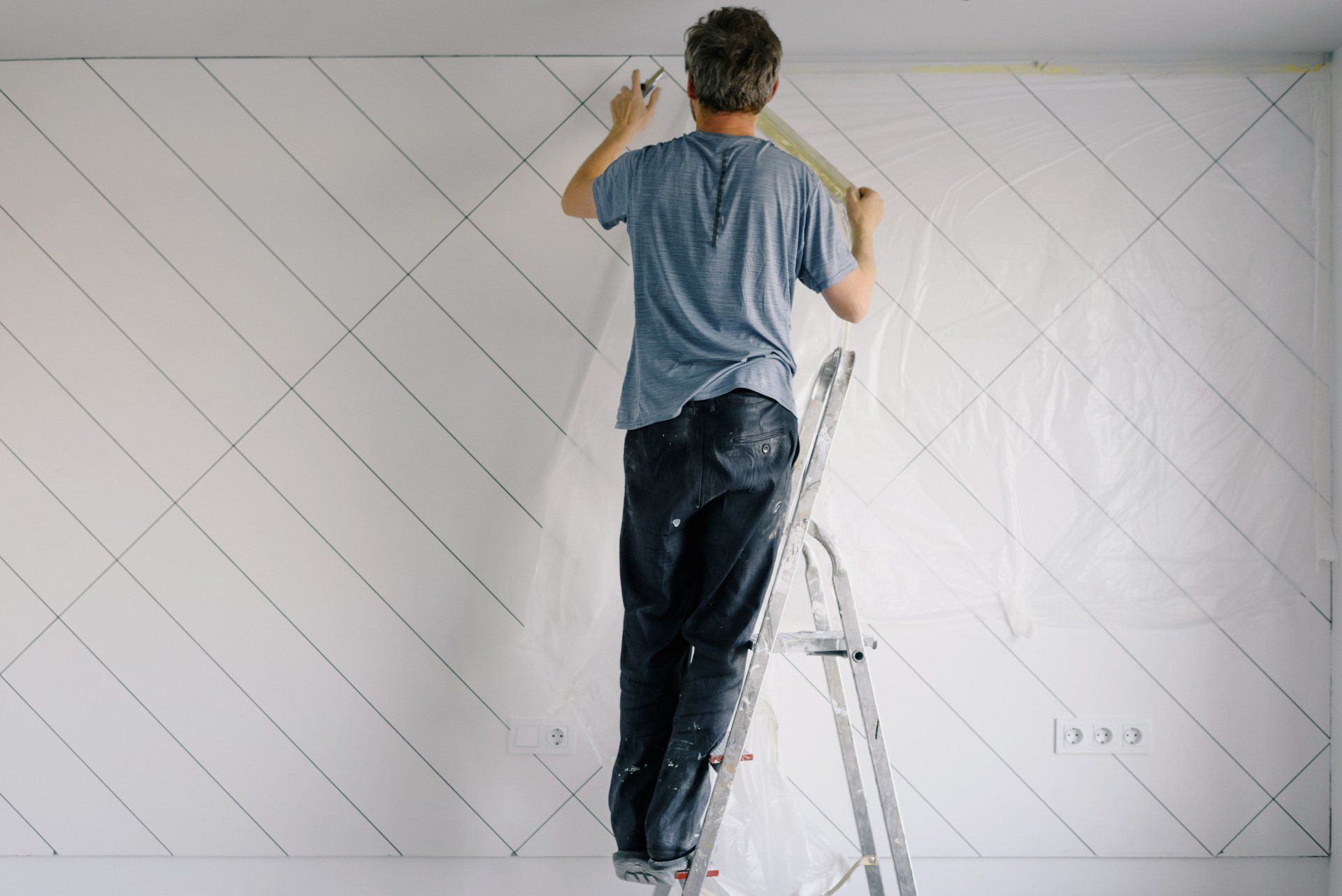Remodeling 101: Ways for Modern Plaster Walls
Remodeling 101: Ways for Modern Plaster Walls
Are you gazing at walls recently? We're sure we have, too. It's because the plaster of numerous forms is making an impressive return. Plaster-finished interiors possess a radiance and depth that changes with the light, quietly altering the appearance and feel of a home. And there's no paint required: Left in its raw state, plaster is an environmentally sound natural material--breathable and free of chemicals and VOCs.
Yes, plaster walls are more costly than painted drywall. This is because they're more labor-intensive to set up (most require at least 3 coats). However, they're generally more durable and attractive. For interior projects, there are some main categories to think about, as illustrated by some of the top designs of the past few years.
Before you take the plaster plunge in your home, take a look at the specifications for your substrate. All plasters require bonding to the surface. This is different for each type and brand, as do the waterproofness and durability of the specific plaster. Troweling skills are essential, and patience is required: You must be patient and wait until each coat is dry.
Clay Plaster
Made up of sand, clay, and other pigments, clay is considered to be healthy; it's frequently used by people who suffer from chemical sensitivities. It is available in powdered form with a variety of earthy hues and sometimes rough surfaces. Although it is not recommended to use in damp areas like bathrooms and kitchens, it has the ability to absorb moisture (and desorbing) which makes it an ideal humidity regulator in other areas of the home. For application, mix it with water on site (achieving the perfect consistency requires some trial and error) and then apply it to a primed, sanded surface in layers of four or five.
Slaked Lime Plaster
That's what the plaster walls in your great grandparents' home were constructed of. Beginning with wood lath, the coarse "scratch coat" (plaster mixed with aggregates that prevent shrinkage, like horse hair) was then applied, then the "brown coat" (plaster mixed with sand) followed by an extremely very fine coat of skim. Made up of limestone, which has been heated to extreme temperatures to eliminate all impurities, the hydrated or slaked lime plaster comes in the form of aged putty, and unlike other forms, it isn't necessary to mix it by hand and is not confined by time for applying it.
Pure white in its most basic form, it's now available in a wide range of shades. If left unpainted, just like clay, plaster soaks in moisture and then releases it. And unlike clay, it can be used in the kitchen as well as in baths (but it shouldn't be exposed to the water). If you wish, an additional layer of bee's wax or Marseilles soap may be added.
Ready to work with Expert Stucco Regina?
Let's connect! We’re here to help.
Send us a message and we’ll be in touch.
Or give us a call today at 306-988-2070
More Tips, Tricks & Tools
